Introduction
Black fungus, scientifically known as Auricularia auricular-judae, is a type of edible mushroom that has been cherished for its unique texture and nutritional benefits across various cuisines worldwide. Also commonly referred to as wood ear or cloud ear mushroom, black fungus is renowned for its high fiber content, vitamins, minerals, and antioxidants. Its versatility in cooking, from being a key ingredient in stir-fries and soups to being a delightful addition to salads and desserts, makes it a staple in many kitchens. However, preserving black fungus correctly is crucial to maintaining its freshness, texture, and nutritional value. This article delves into the various methods of preserving black fungus, offering practical advice for both short-term and long-term storage solutions.
Understanding Black Fungus: Characteristics and Storage Needs
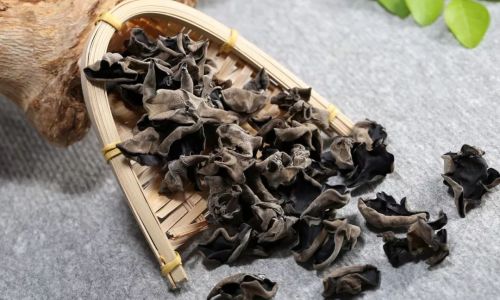
Before diving into preservation techniques, it’s essential to understand the basic characteristics of black fungus that influence its storage requirements. Black fungus is typically sold in dried or fresh forms. Dried black fungus has a longer shelf life due to the removal of moisture, which inhibits microbial growth. Fresh black fungus, on the other hand, is more perishable and requires careful handling to prevent spoilage.
Both forms of black fungus should be stored in a cool, dry, and dark place to minimize exposure to factors that can lead to deterioration, such as heat, humidity, and light. Proper packaging also plays a vital role in preserving the quality of black fungus.
Short-Term Preservation Methods for Fresh Black Fungus
For those who prefer using fresh black fungus, several short-term preservation methods can help extend its shelf life while maintaining its freshness and texture.
-
Refrigeration
Refrigeration is the most common method for short-term preservation of fresh black fungus. By storing it in the refrigerator, you can slow down the growth of bacteria and fungi that cause spoilage. Here’s how to do it effectively:
-
Cleaning: Before refrigeration, gently clean the black fungus under cold running water. Avoid soaking it as this can cause it to absorb too much water and become soggy. Pat it dry with a clean paper towel or cloth.
-
Packaging: Place the cleaned black fungus in an airtight container or a resealable plastic bag. Removing as much air as possible from the packaging helps to prevent oxidation and moisture build-up.
-
Storage Location: Place the container or bag in the crisper drawer of your refrigerator, where the temperature and humidity are more controlled. Avoid storing it in the door compartments, as these tend to have fluctuations in temperature.
-
Shelf Life: Fresh black fungus can be stored in the refrigerator for up to two weeks. Always check for signs of spoilage, such as discoloration, sliminess, or an unpleasant odor, before using.
-
-
Freezing
For those who want to extend the shelf life of fresh black fungus beyond two weeks, freezing is a viable option. Freezing preserves the texture and flavor of black fungus relatively well, although it may slightly alter its consistency upon thawing. Here’s a step-by-step guide to freezing black fungus:
-
Preparation: Clean the black fungus as described above. To prevent clumping, you can cut it into smaller pieces or strips before freezing.
-
Blanching: Blanching helps to destroy enzymes that can cause deterioration and also aids in retaining the color and texture of the black fungus. Submerge the cleaned black fungus in boiling water for about 2-3 minutes, then quickly transfer it to an ice water bath to stop the cooking process. Pat it dry.
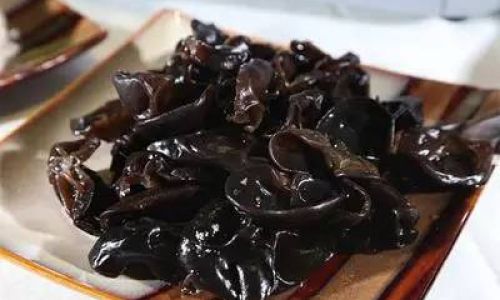
-
Packaging: Arrange the black fungus in a single layer on a baking sheet lined with parchment paper and place it in the freezer until frozen solid. This prevents the pieces from sticking together. Once frozen, transfer the black fungus to an airtight container or freezer bag, removing as much air as possible.
-
Storage: Label the container or bag with the date and store it in the freezer. Black fungus can be kept frozen for up to six months.
-
Thawing: When ready to use, thaw the black fungus in the refrigerator overnight or place it in a bowl of cold water for quicker thawing. Avoid thawing at room temperature to prevent bacterial growth.
-
Long-Term Preservation Methods for Dried Black Fungus
Dried black fungus has a significantly longer shelf life compared to its fresh counterpart, making it ideal for long-term storage. However, proper storage practices are still necessary to ensure it remains free from contaminants and retains its quality.
-
Airtight Containers
Storing dried black fungus in airtight containers is the simplest and most effective method for long-term preservation. Here are some tips for successful storage:
-
Selection of Container: Choose containers made of materials that do not react with the stored food, such as glass, stainless steel, or high-quality plastic. Avoid using containers with metal lids that may rust or leach metals into the food.
-
Moisture Control: Ensure the container is completely dry before adding the dried black fungus. Moisture can lead to mold growth and deterioration.
-
Light Protection: Dark-colored containers or those with opaque lids provide better protection against light, which can degrade the nutrients and flavor of the black fungus over time.
-
Temperature and Humidity: Store the container in a cool, dry place, preferably away from direct sunlight and heat sources. A pantry or a cupboard in a temperature-controlled environment is ideal.
-
Shelf Life: Properly stored, dried black fungus can last for up to two years. Regularly inspect the contents for signs of moisture, mold, or pests.
-
-
Vacuum Sealing
Vacuum sealing provides an additional layer of protection against air and moisture, further extending the shelf life of dried black fungus. Here’s how to use this method:
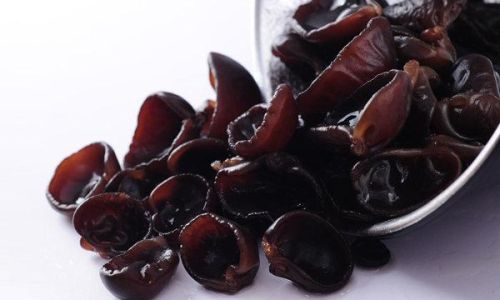
-
Preparation: Ensure the dried black fungus is completely dry and free from any debris.
-
Vacuum Sealing: Use a vacuum sealer to remove as much air as possible from the packaging. If you don’t have a vacuum sealer, you can use a food saver bag and a straw to manually remove air before sealing.
-
Storage: Store the vacuum-sealed packages in a cool, dry place, ideally in a temperature-controlled environment.
-
Shelf Life: Vacuum-sealed dried black fungus can retain its quality for up to three years or even longer if stored optimally.
-
Additional Tips for Preserving Black Fungus
Regardless of the preservation method chosen, several additional tips can help ensure the best possible quality and longevity of black fungus:
-
Inspect Regularly: Regularly check the stored black fungus for signs of spoilage, such as mold, discoloration, or an unpleasant odor. Discard any affected portions immediately.
-
Label and Date: Always label and date your stored black fungus, especially if you’re using multiple containers or bags. This helps you keep track of when each batch was stored and ensures you use the oldest ones first.
-
Avoid Cross-Contamination: Store black fungus separately from other foods to prevent cross-contamination, especially with strong-smelling or highly perishable items.
-
Use Quality Packaging Materials: Invest in high-quality packaging materials that provide effective barriers against air, moisture, and light. This can significantly extend the shelf life and maintain the quality of your black fungus.
Conclusion
Preserving black fungus correctly is essential to maximizing its shelf life and maintaining its nutritional value and culinary appeal. Whether you prefer using fresh or dried black fungus, a combination of proper cleaning, packaging, and storage practices can help ensure you always have a supply of high-quality black fungus on hand. By following the guidelines outlined in this article, you can enjoy the unique texture and flavor of black fungus in your dishes for months or even years to come. Happy cooking!


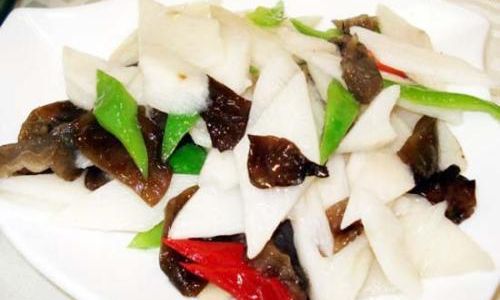

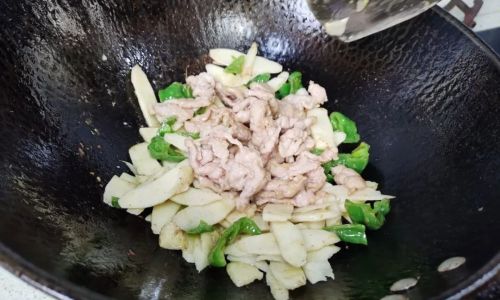
0 comments